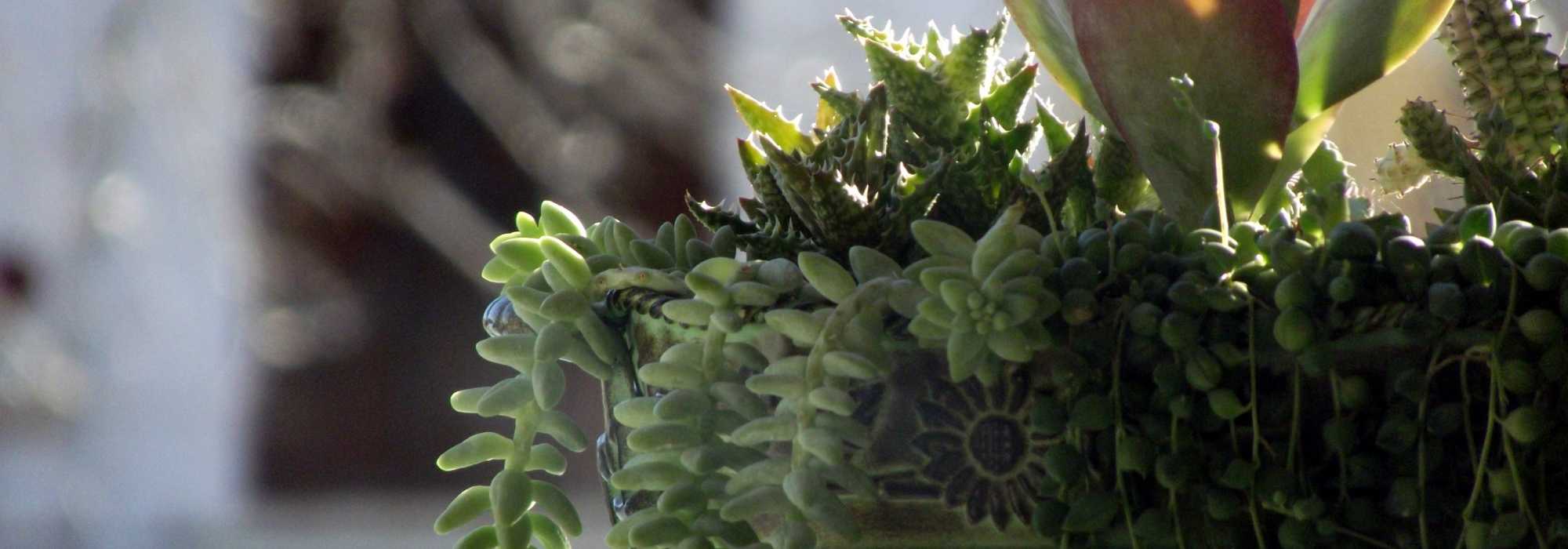
8 floral arrangements for the cemetery
our ideas and tips to pay tribute to your loved ones throughout the seasons
Contents
Filling graves in the cemetery with flowers is a lovely way to pay tribute to our loved ones who have passed away. It is a custom during All Saints’ Day, but many gardeners are keen to do it all year round and often ask the following questions: which flowers to place on a grave in winter or summer or which flowers thrive in the cemetery and do not freeze.
It is important to know that in traditional cemeteries, conditions are often challenging:
- it is generally a dry place, mostly mineral,
- it is often exposed to full sun or freezing cold,
- watering options are limited.
Therefore, it is advisable to select robust plants that require little and are particularly drought-resistant.
Moreover, personalising the floral arrangements for graves is often important, but sometimes one can run out of inspiration… Here is a selection of suitable plants and our ideas for floral compositions to decorate the cemetery throughout the seasons.
Floral arrangements for autumn or special All Saints' Day
From the end of summer, you can create your floral arrangements for autumn and All Saints’ Day. Here are two easy pairing ideas to compose colourful containers:
-
The Purple Silver Arrangement
Dwarf asters such as dumosus can be grown in pots. Easy to cultivate, the variety ‘Peter Harrisson’ does not exceed 40cm in height and is adorned with a multitude of pink flowers from August onwards.
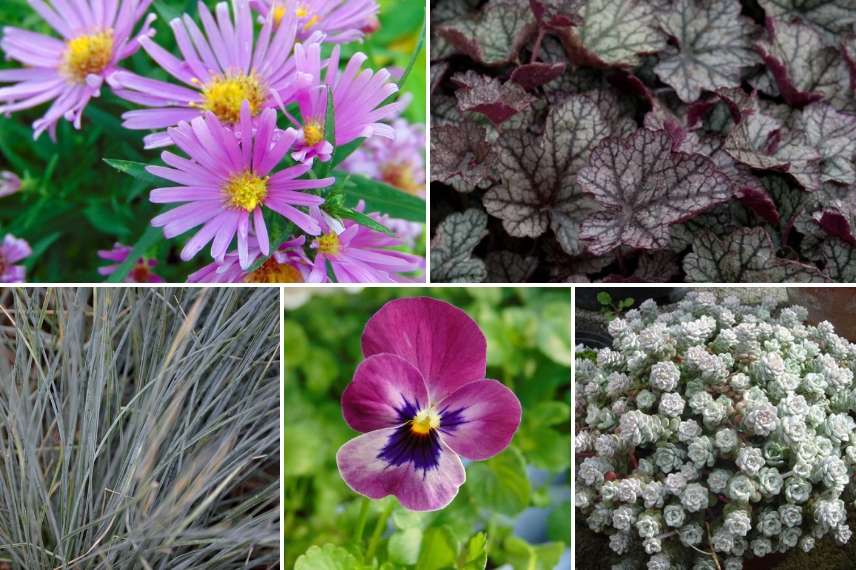
Aster dumosus ‘Peter Harrisson’, Heuchera ‘Prince of Silver’, Festuca glauca ‘Elijah Blue’, Viola cornuta ‘Sorbet XP Raspberry’ and Sedum spathulifolium ‘Cape Blanco’
The small Heuchera ‘Prince of Silver’ does not go unnoticed with its purple silver foliage on top and dark burgundy underneath. Its shades harmonise with the steel blue foliage of the fescue and the fleshy, silver rosettes of the stonecrop. The small violet adds a splash of colour reminiscent of the aster. Its generous flowering begins in October and lasts for many months. Choose a container of 30 to 40 cm to have enough space for each plant.
-
The Tawny Planter
This planter consists solely of foliage but will bring its warm autumn colours for months. Heucheras and carex are very well suited for pot cultivation, so make the most of it.
Feel free to combine brown with purple; these colours will add charm and originality to your planter. Indeed, Heuchera ‘Obsidian’ features stunning dark purple foliage that is almost black and glossy. Its colour contrasts with that of Heuchera ‘Tiramisu’, whose foliage changes with the seasons and temperatures. In autumn, its delightfully tawny colour gradually evolves to become brick red. Carex ‘Bronze Form’ adds lightness with its fine, pendulous brown foliage. A 30cm pot will be sufficient for this planter.
Read also
Hellebores: planting, growingFloral arrangements for winter
Frost having arrived, most autumn plants lose their splendour. This is why it is essential to choose beautiful ones that withstand the cold. Discover our two composition ideas for winter:
-
The chiaroscuro arrangement
Some hellebores adapt well to sunny situations, especially since the sun is not very strong in winter. The Corsican Hellebore is a particularly suitable species that also adapts well to dry soil.
This Hellebore is moderately hardy (-12/-15°C), so reserve it for regions that are relatively mild and not overly watered in winter. The flowers, with their surprising pistachio colour, pair beautifully with the black foliage of Ophiopogon. This modern combination is sure to please gardeners in search of originality. The heather, for its part, brings its long-lasting bright pink flowering and dark green foliage. Use a container that is 25 to 30 cm in size and, if possible, cover the soil with moss.
Consult our plant sheets: “Hellebores: how to plant and grow them” or “Hellebore or Christmas Rose, which varieties to choose?“.
Also discover this beautiful grass in Michael’s article: “Ophiopogon ‘Hosoba Kokuryu’, a new black grass“.
-
The frosted pot
This beautiful Carex features an unusual trailing light green hair with metallic reflections. The foliage can take on a slightly coppery hue due to the cold.
The Oriental hellebores are beautiful hardy plants that are easy to grow. They come in various colours and forms, catering to all tastes. For this simple yet elegant composition, we have chosen a double white flower that pairs well with the cool colour of the grass. This time, use a pot of about 25-30 cm, placing one hellebore and 2 or 3 grasses.
Floral arrangement for spring
Here comes spring, bringing with it the desire and need to refresh the decor. The little violets are still in bloom this season, so let’s not miss out on them!
-
The cream and lemon pot
Among the champions of compositions, you’ll find ivy! Absolutely divine when it cascades and tries to escape from the pots. Some varieties surprise with their shape and can add a significant touch of originality. For this pot, we chose the ‘Goldchild’ variety, variegated with cream and wonderfully bright. Its colours complement those of the Carex and golden lemon thyme.
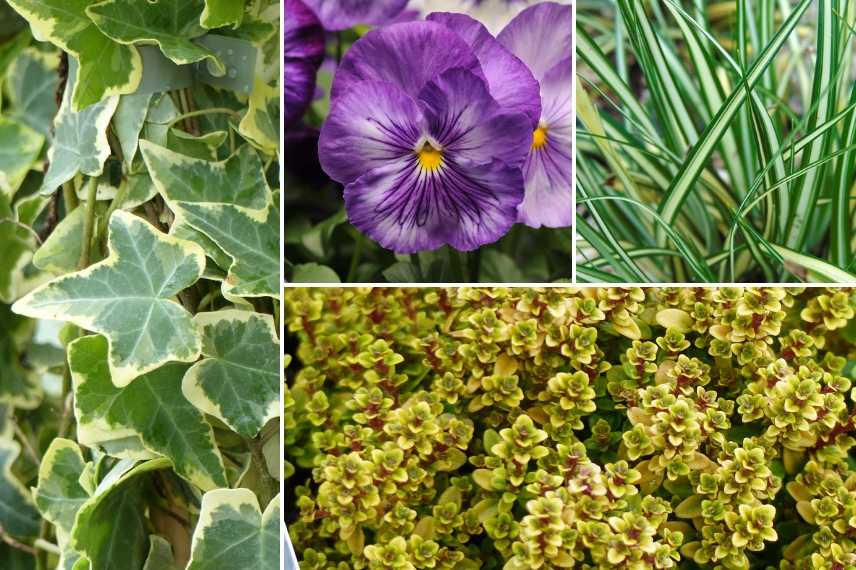
Hedera helix ‘Goldchild’, Viola Matrix Lavender-Shades, Carex oshimensis ‘Evergold’ and Thymus citriodorus ‘Aureus’
A lovely pansy in lavender shades adds contrast and brings a splash of colour for many months. Plant your plants in a pot of about 25-30 cm, taking care to place the ivy near the edge so it can cascade down.
-
The happy marriage pot
This pot stands out primarily due to the interplay of three completely different leaf types. The stunning Carex ‘Prairie Fire’ features fine olive green foliage in spring, which gradually takes on increasingly coppery hues as the months go by. Its delicacy contrasts with the large, robust leaves of Bergenia.
Muehlenbeckia is a creeping bush that works wonders in floral compositions. Its foliage consists of tiny round leaves on fine brown stems. Place it near the edge of the pot; its creeping nature allows it to cascade beautifully from the pots. It is a low-maintenance and very versatile plant. Finally, choose a pot of about 30 cm.
Discover our plant sheet: “Bergenia, Shoemaker’s Plant: planting, cultivation and maintenance“.
Read also
Agave: planting, growing, and caring forFloral arrangement for summer
What flowers to plant in the cemetery during summer? It is essential to choose flowers that do not fear thirst, such as the so-called succulent plants. True camel plants, they require no watering and are therefore perfect for this purpose.
-
The exotic arrangement
Why not invite a bit of exoticism and originality with this exotic arrangement? Agaves are graphic plants, easy to grow, in full sun and in dry or even arid conditions. Paired with sedums, the combination is perfect for adding colour all summer long.
For planting, be sure to lay a base of gravel to perfect the drainage and plant your agave in a mixture of potting soil and gravel in equal parts. Orpins (Sedum) are perfectly hardy and require little.
When you wish to change the decor at the end of summer, replant the agave in your garden if it is located in a region with a mild climate or in a large pot (60cm) to be brought in from the cold before the first frosts. Be careful not to keep your agave in this arrangement for more than one to two years, as it would quickly become cramped.
To learn everything about agaves, consult our sheet: “Agave: planting, growing and maintaining“.
-
The “Butterfly Dream” planter
The Buenos Aires verbena is a perennial much appreciated by butterflies. Due to its small size, the ‘Lollipop’ variety is well-suited for pot cultivation. The combination will be perfect with a light grass such as Stipa tenuifolia.
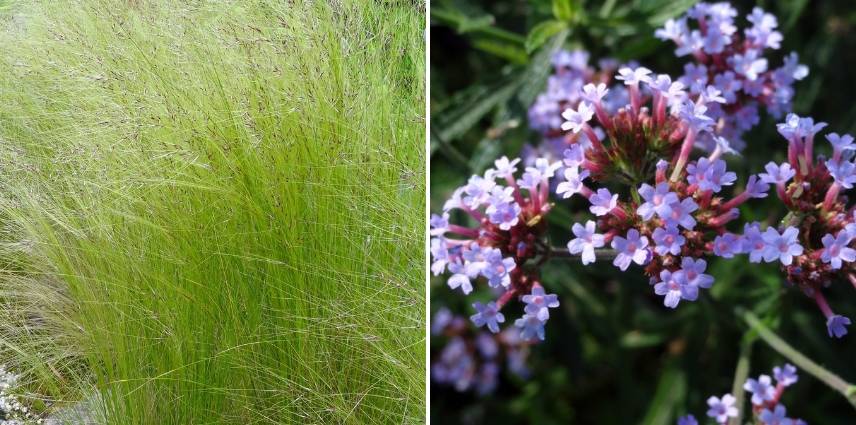
Stipa tenuifolia, Verbena bonariensis ‘Lollipop’
In a long planter of 50 cm or more, plant several clumps of each in a staggered arrangement.
The cultivation of stipes will hold no secrets for you by consulting our plant sheet: “Stipa, angel hair: planting, pruning and maintenance“.
→ Also discover our article: “Resistant plants for cemeteries: what to plant in pots on a grave?“.
- Subscribe!
- Contents
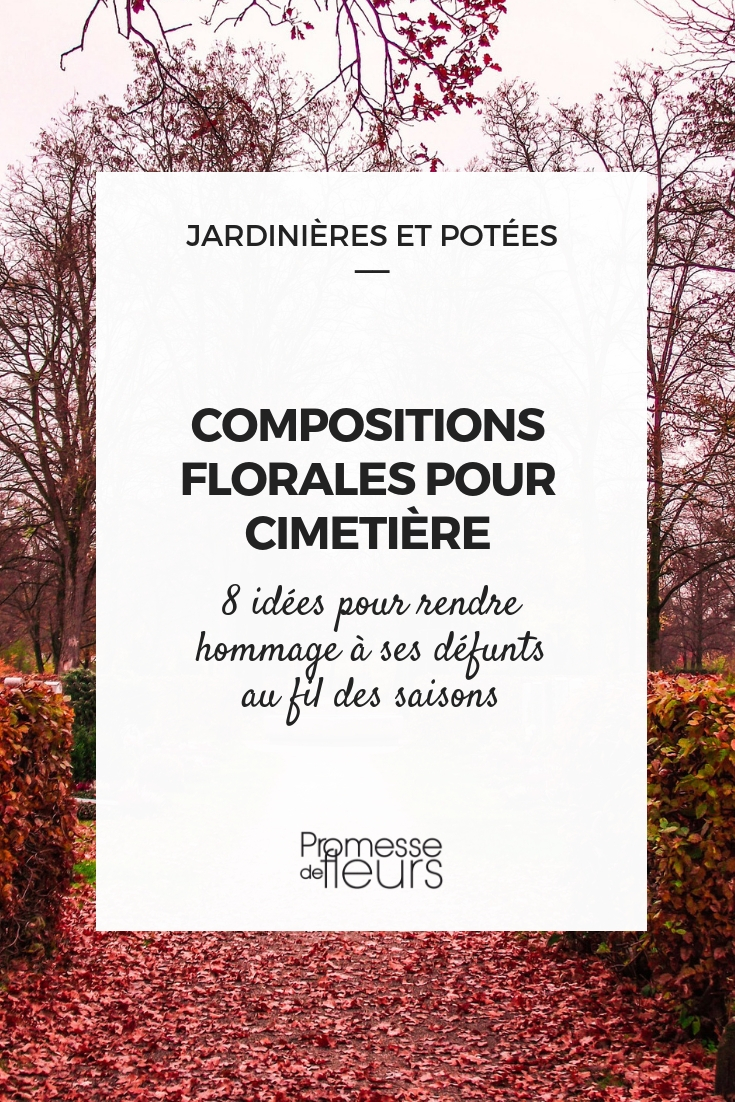































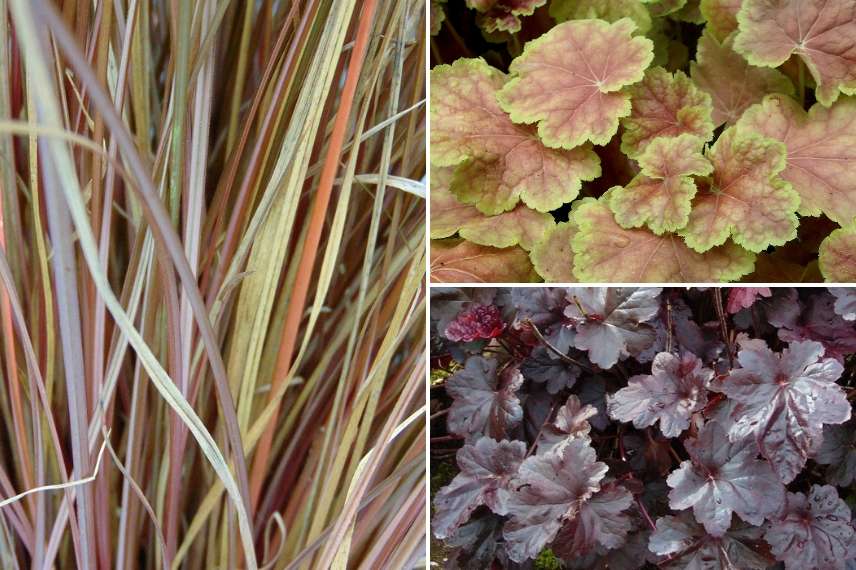
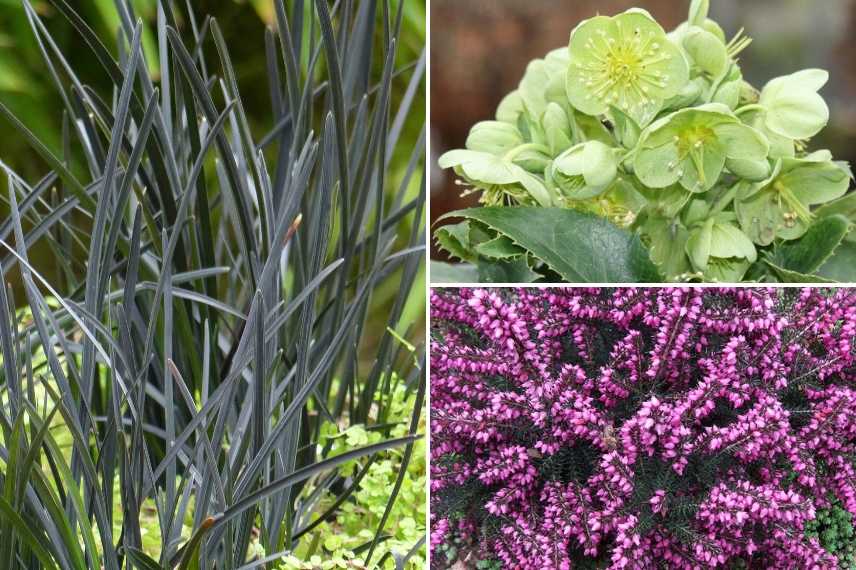
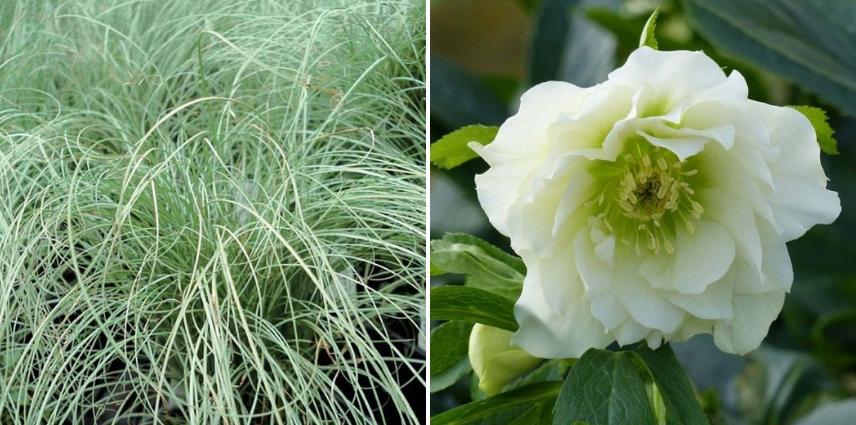
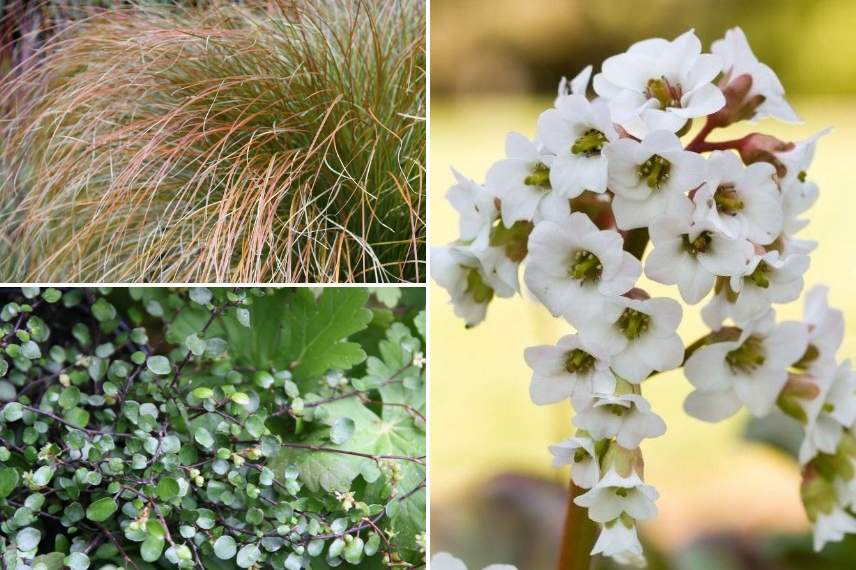
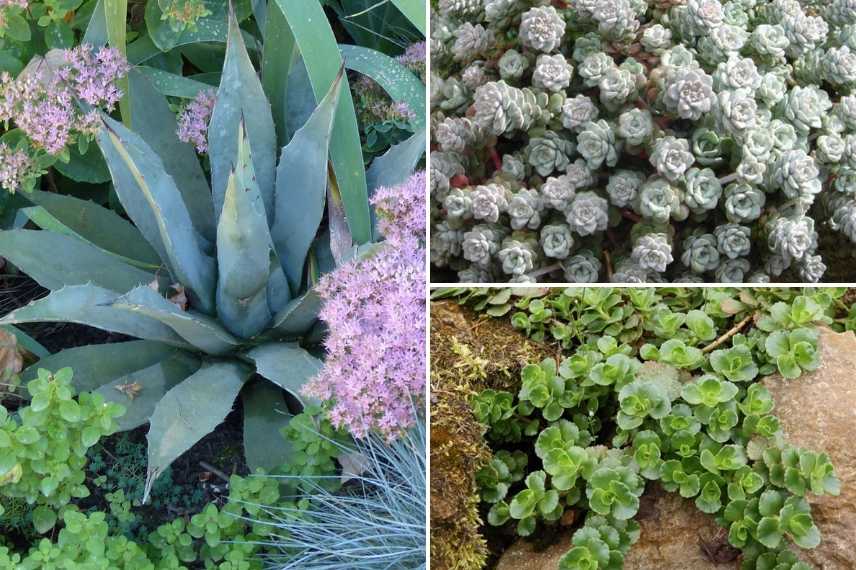
Comments